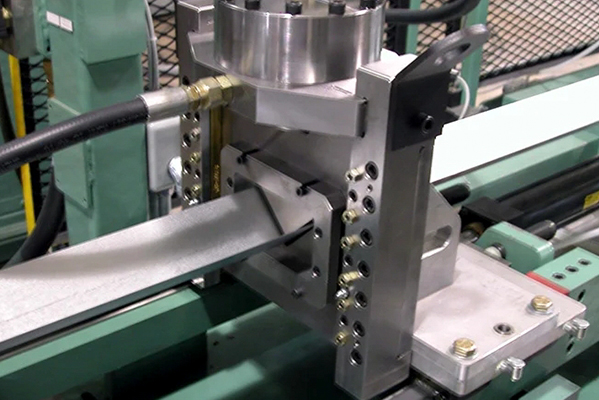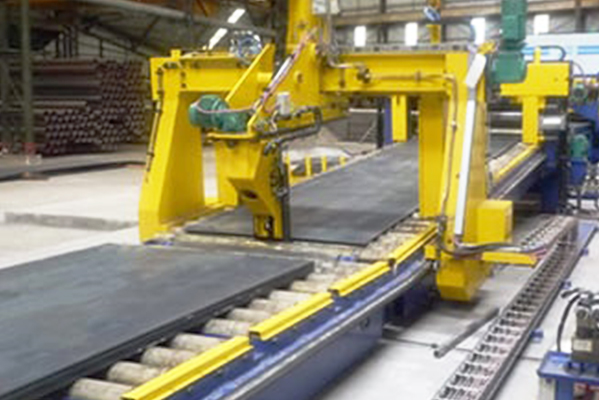Navigation Menu
Contact Us
- Email:
- info@wxavatar.com
- Address:
- Yurong Village, Yuqi Street, Huishan District, Wuxi, China.
Release Date:May 12, 2025 Visit:47 Source:Roll Forming Machine Factory
In the manufacturing industry, there is a technology that can turn ordinary metal sheets into parts of various shapes, like magic-roll forming. It does not produce sparks like welding, nor requires high-temperature melting like casting. Still, it quietly provides many metal products for our lives.
What is roll forming?
Roll forming is a continuous metal processing process. Simply put, it is to let the metal strip pass through a series of rotating rollers, which bend the metal sheet into a preset shape little by little, like origami. The whole process is progressive, and each roller only completes a small part of the deformation, and finally accumulates into a complete cross-sectional shape.

This technology is particularly suitable for the production of long strips of metal parts, such as steel beams for construction, door and window frames, shelf rails, and even some automotive parts. Its advantage is that it can efficiently and stably produce complex metal profiles with high material utilization.
Features of roll forming
Continuous production without stopping
Unlike traditional stamping, roll forming is a continuous production line. After the metal strip is unwound from the coil, it can be continuously passed through the roller unit and finally cut to the required length. This method is particularly suitable for mass production.
Material remains in good condition.
Since the deformation is gradual, the stress distribution inside the metal is relatively uniform, and it is not easy to crack or undergo excessive thinning. The dimensional accuracy and surface quality of the finished product are usually very good.
Flexible shape adjustment
By replacing different roller molds, the same production line can produce profiles of different cross-sections. This flexibility makes roll forming very advantageous in situations where diversified products are required.
Save materials and labor.
Compared with traditional machining, roll forming basically does not produce chip waste. Moreover, many processes can be integrated into one production line, reducing the links of manual intervention.
Common applications of roll forming
In daily life, we often come into contact with roll forming products:
Construction industry: light steel keel, roof gutter, curtain wall support
Furniture manufacturing: drawer slides, display rack components
Automotive field: door anti-collision beam, seat slide
Home appliances: refrigerator internal bracket, air conditioning ventilation duct
Next time you see metal shelves or aluminum alloy window frames, you can pay attention to their cross-sectional shapes - those complex curves and folds are likely to be made by roll forming.

Conclusion
Roll forming technology is like a low-key craftsman, using its "slow work and fine work" to provide countless precise and reliable metal parts for the manufacturing industry. Although not as eye-catching as 3D printing, its stability and economy in mass production make it one of the indispensable processes in the field of metal processing. With the advancement of technology, the shapes that can be produced by roll forming are becoming more and more complex, and the scope of application is also expanding.